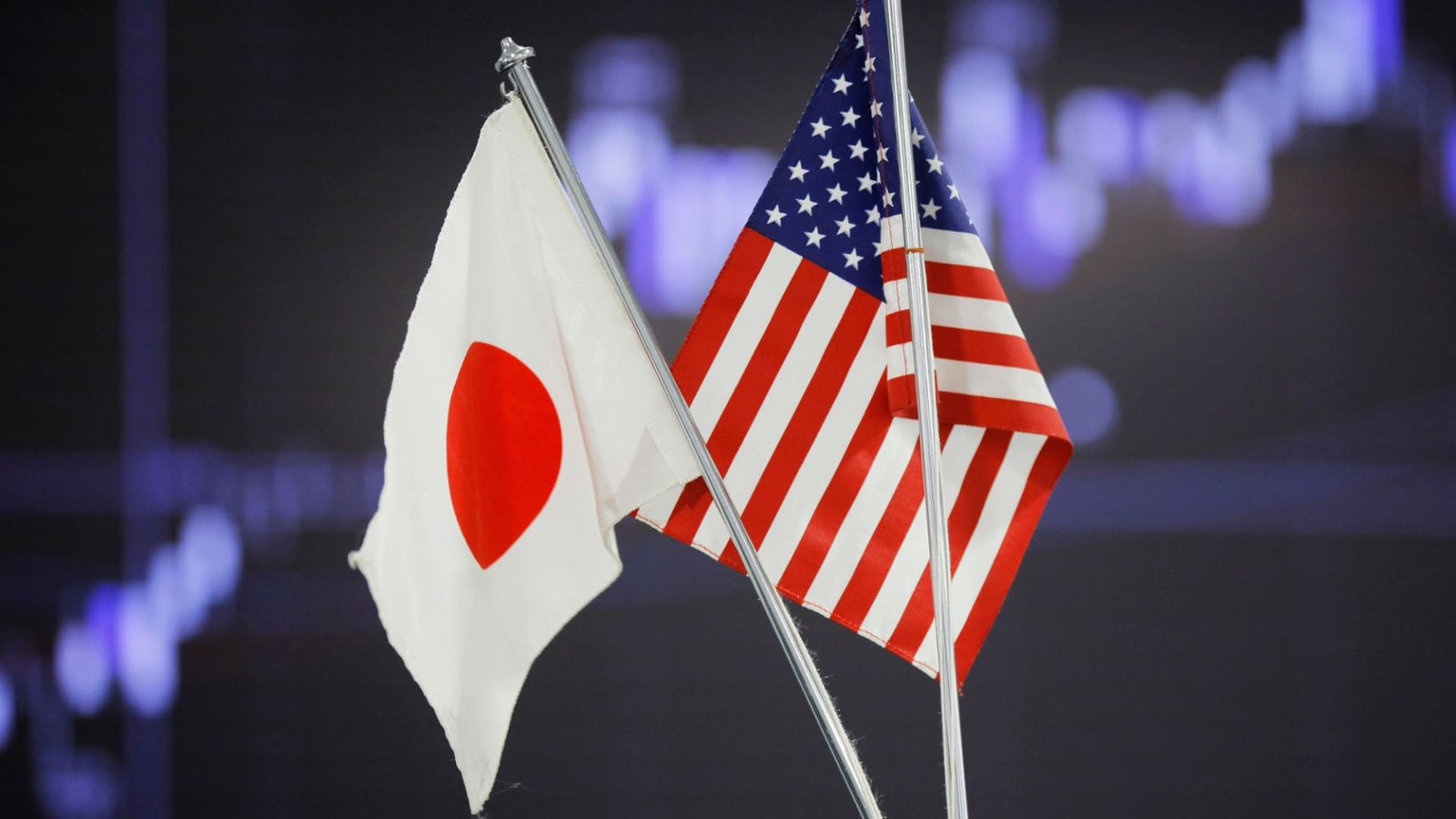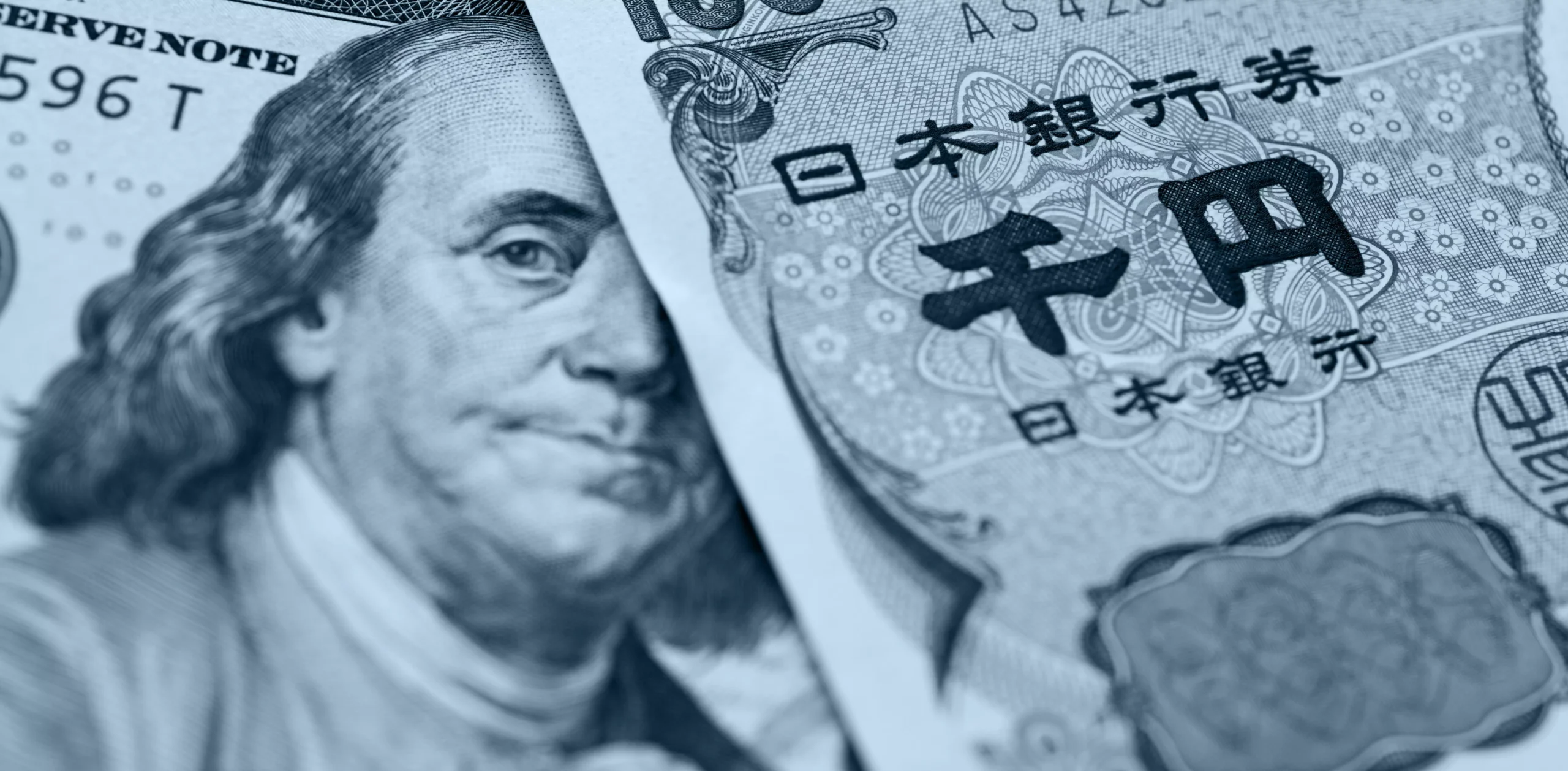Japanese Yen Weaken in Advance of BoJ Policy Decision as USD Advances Following Fed
Japanese Yen continues to weaken against a firmer US Dollar, following post-FOMC losses as markets hold out for the Bank of Japan’s policy release on Friday. Japanese Core Machinery Orders weaker than forecast and political turmoil have acted to weigh on the JPY, while the rate cut and dovish inflation prospects from the Fed helped underpin a USD advance. Though, expectations of the BoJ to continue gradual policy normalization and reduction of US-Japan rate differentials are set to cap steeper JPY losses. Traders are on the edge before the BoJ’s two-day gathering, with short-term direction dependent on policy guidance and near-term US data releases. KEY LOOKOUTS • Eyes will be on Friday’s decision and direction regarding Japan’s interest rate path, with market expectations for continued policy normalization. • The Fed’s recent rate cut and hints at further easing sit against Japan’s tightening bias, influencing USD/JPY momentum. • Soft Japanese Core Machinery Orders indicate domestic headwinds, whereas US jobless claims and Philly Fed statistics might influence short-term moves. • USD/JPY is resisted around 147.40–147.50, and support is seen around 146.00–145.50, prime zones for traders to observe. The Japanese Yen continued its weakening against the US Dollar on Thursday, weighed down by soft local data and political tension before the policy meeting of the Bank of Japan. The rebound in the USD after the Fed cut interest rates further supported the decline in the JPY, driving USD/JPY past the 147.00 level. Nonetheless, hopes of BoJ gradual policy normalization and the closing of rate differentials with the US are probably going to put a ceiling on further losses. Dealers now remain on their guard, looking towards Friday’s BoJ update for clearer guidance, before US macro releases later today might add further near-term volatility. Japanese Yen continued to weaken against a recovering US Dollar, with USD/JPY rising past 147.00 in anticipation of the BoJ policy meeting. Poor Japanese data and Fed-induced USD strength took its toll on the JPY, although policy divergence will cap heavier losses. Market participants now look towards Friday’s BoJ announcement for short-term guidance. • The Japanese Yen dropped for a second consecutive day against the US Dollar. • USD/JPY surged above the 147.00 handle in Thursday’s Asian session. • Soft Japanese Core Machinery Orders provided additional pressure on the Yen. • Domestic political instability cast doubts on imminent BoJ tightening. • The US Fed reduced rates by 25 bps but indicated inflation risks still persist, supporting USD demand. • Markets anticipate the BoJ to leave rates unchanged on Friday but seek clues on policy direction. • Major technical levels indicate resistance at 147.40–147.50 and support at 146.00–145.50. The Japanese Yen lost further ground against the US Dollar as investors focused on the forthcoming Bank of Japan policy meeting. The mood soured after Japan’s Core Machinery Orders report indicated a deeper-than-anticipated drop, pointing to persistent economic weakness. Domestic political uncertainty also bore down on the currency, with rumors that the BoJ might be likely to hold back from tightening. At the same time, the recent rate cut by the Fed and dovish comments over inflation gave the US Dollar new tailwinds to threaten the Yen’s plight. USD/JPY DAILY CHART PRICE SOURCE: TradingView Though the currency is weak now, there are still expectations that the BoJ will stay on its gradual path of policy normalization. A strong labor market, a positive trade environment, and the pursuit of the 2% inflation goal all suggest a central bank that will not back off its longer-term tightening policy. Investors are thus proceeding cautiously, with the two-day BoJ meeting under spotlight as markets seek more definitive guidance on the timing and frequency of future rate hikes. Meanwhile, geopolitics and general market sentiment are likely to have a major say in influencing safe-haven demand for the Yen. TECHNICAL ANALYSIS USD/JPY’s recovery above 147.00 indicates reviving short-term momentum, although the pair is confronted with a stiff resistance zone around 147.40–147.50. A breakthrough above this area may open the door to more gains towards 148.00 and potentially the 200-day SMA levels around 148.75. To the negative, support at 146.20 is followed by the critical 146.00 psychological level. A strong fall below this zone may target the 145.50–145.45 area, which if breached, might lead to a more significant correction towards 145.00. FORECAST If USD/JPY manages to hold up well over the 147.00 handle, the buyers may drive the pair up towards the resistance region of 147.40–147.50. A successful breach over this barrier could pave the way for further upside towards 148.00 and the 200-day SMA around 148.75, with chances to test the region of 149.00–149.15 if buying momentum persists. On the other hand, inability to stay above 147.00 may ignite fresh selling pressure, with near-term support at 146.20 and 146.00. A clean break below these levels might bring into focus the 145.50–145.45 zone, which protects the important 145.00 psychological level. A firm break below this zone would prove a more significant corrective phase for the pair.












